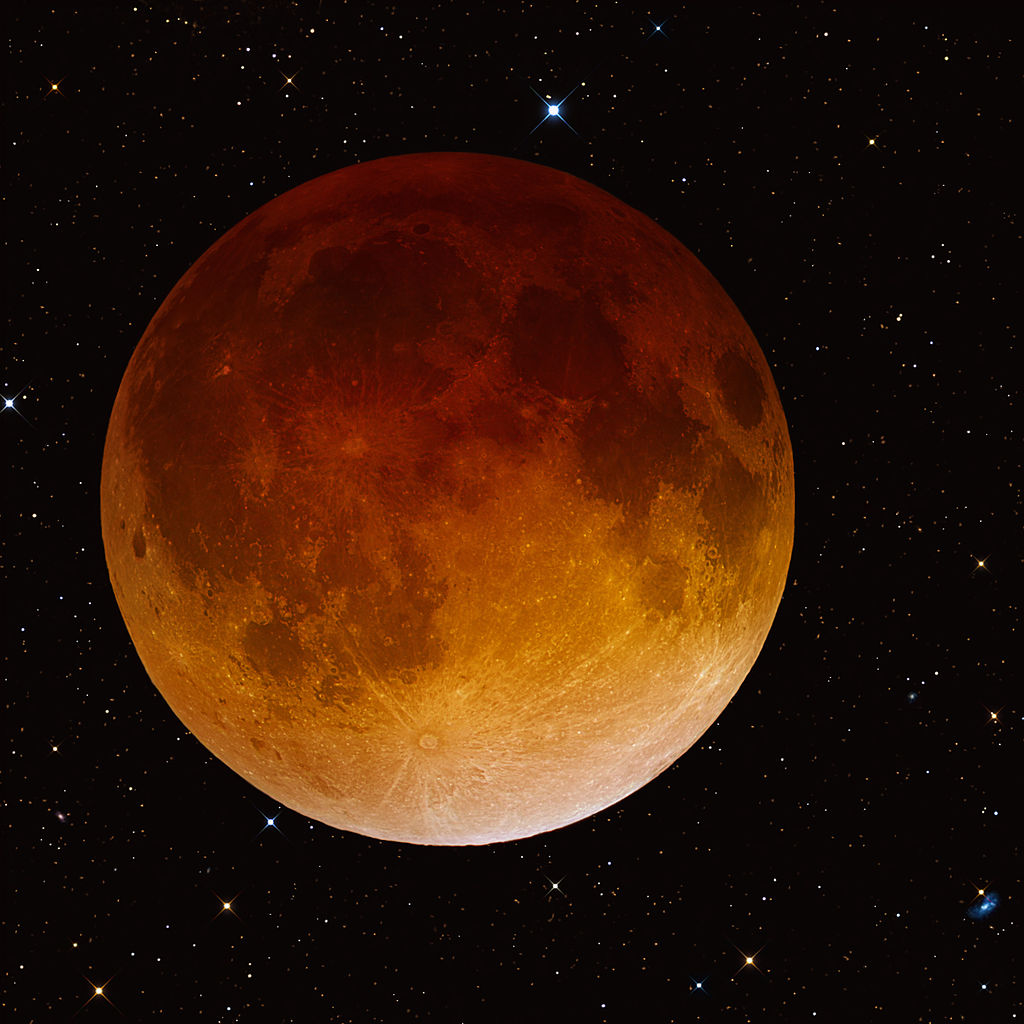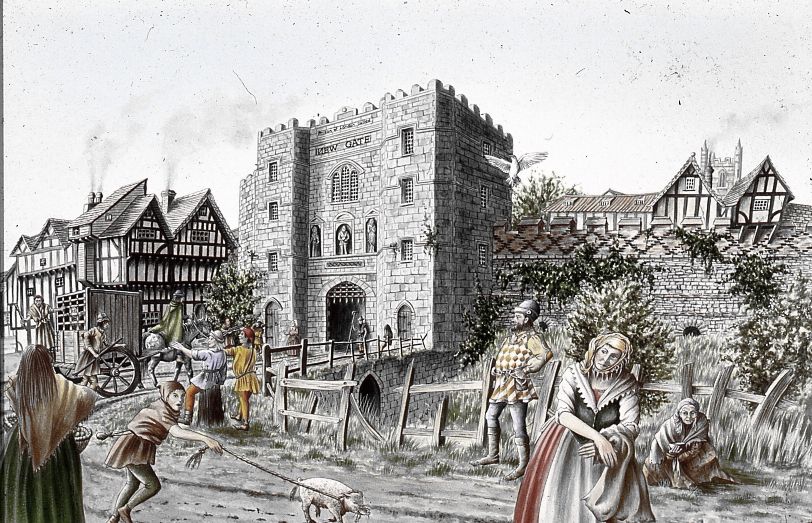
The total lunar eclipse took place on April 15, 2014. This 4 panel mosaic composite image was produced with an Officina Stellare PRO RC500 half meter telescope, an Apogee Alta U16M camera and Astrodon E-Series filters.
Tonight, the Earth will move directly between the Sun and the Moon. This is an eclipse. The earth will block out the sun’s light which will not be reflected back to us. As we move in and out of the eclipse, the sun’s light will be scattered by our atmosphere. The blue light will be removed, leaving only the red light which has a longer wavelength. This will give the Moon a reddish colour. (https://www.bbc.co.uk/newsround/articles/czr6px4dpgmo).
The best view will be in Asia and Australia. But, here in the UK, go to a highpoint at 7.15pm and look East. It should be visible on the horizon. Clouds willing!
Celtic Eclipse
We have reason to believe the Celts celebrated the eclipse and were able to predict them. The Celtic Coligny Calendar, written on bronze and written in Celtic, shows they began their months with a full moon. The Calendar probably dates from the 1st Century BC, and is on display at the Palais des Arts in Lyon. It shows that the Celts kept a calendar which achieved complete synchronisation between the solar and lunar cycles. We, in the West, ignore the moon in how we set up our months. Of course the word month, obviously comes from the word Moon. Otherwise, our months are not at all synchronised with the moon.
Rabbit, Rabbit
The Celts celebrated the Rabbit and the Hare at an eclipse. They were very fertile and therefore linked to Aphrodite, who was herself associated with the Moon. Philostratus the Elder wrote:
‘For you know, I imagine, what is said of the hare, that it possesses the gift of Aphrodite to an unusual degree.‘.
For more on Hares and Rabbits look at my post here. I will be writing more about the Coligny Calendar on November 1st. In the meantime you might like to look at these posts:
First Written in September 2025
